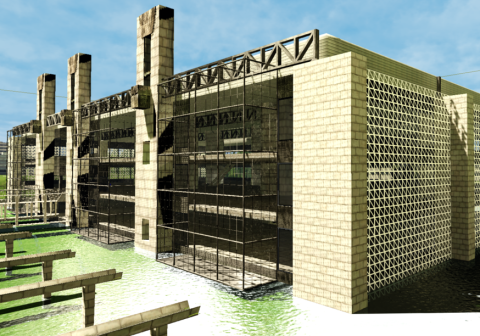Background: Game and Simulation levels can get very large, it soon becomes laborious for the level designer to populate the level with assets, especially buildings in the Editor by hand. The process can be made hugely more efficient by creating buildings and towns procedurally, using code. This of course requires designing building elements (walls, floors) which seamlessly join together. Also, there must be a sufficient range of elements to create a number of different buildings, e.g., a block of apartments with different layouts and number of rooms.
Aims: (i) To develop a C++ framework to deploy with Unreal 4 or 5 to allow architects to rapidly design and create a building, an estate or even a city. (ii) To get an evaluation of the strengths and weaknesses of your framework using human participants.
Objectives: for you to decide but I would expect you to conduct a study of design principles for buildings, perhaps looking at floor-plans of buildings available from estate agents. Another ‘deliverable’ is full documentation allowing future level developers and researchers apply your framework (otherwise, what’s the point?)
Lit. Review: There are a number of journal articles available. Other valid source of information are Wikis. Blogs, GDCs and current (Unreal 4, Unreal 5) information about procedural buildings.
Secondary Data: Frameworks, algorithms and code developed by others.
Primary Data: Evaluation of your framework by yourself, using objective measures such as lines of code, code complexity, time saved by using a procedural approach
Research Questions: for you to decide but must be linked to your primary data collection.
Technology: Unreal-4 / 5
Ethical Approval: Straightforward since no human participants are involved.

